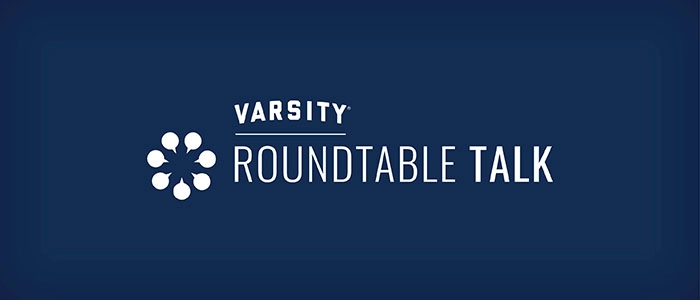Katie Griffith and Bright Solutions work hard to empower senior living communities to unlock the full potential of their technology. Katie was also a recent guest on Varsity’s weekly Roundtable, where she shared some ideas for holiday tech gifts for residents and their loved ones.
Here are some highlights from that conversation.
GIFT GUIDES CAN SHOW OFF A COMMUNITY’S COMMITMENT TO TECH
Communities are encouraged to consider creating a tech gift guide as a fun and engaging way to connect with residents and their loved ones during the holidays. Beyond being helpful, the guide provides an opportunity to highlight the community’s tech-friendly environment and show that it’s prepared to support modern devices.
WHAT TO INCLUDE IN A GIFT GUIDE
If creating a tech gift guide for loved ones and residents, it’s helpful to focus on practical, popular devices that residents can easily adopt and enjoy. Katie emphasized the importance of compiling a thoughtful list, which might include categories like streaming devices (such as Roku or Fire Sticks), iPads, smartphones, and smart home gadgets like thermostats or voice assistants (Alexa, Google Hub, or Apple devices). Wearable health trackers, including Fitbits and Apple Watches, also make great additions for those interested in fitness and health monitoring.
HELP RESIDENTS GET ACQUAINTED WITH NEW DEVICES
Katie suggested hosting events shortly after Christmas to help residents get acquainted with their new gadgets. These gatherings can combine social time with tech assistance, inviting residents to bring their devices while enjoying snacks and coffee. Having tech staff available to answer questions and provide hands-on support ensures a smooth integration of these tools into daily life.
